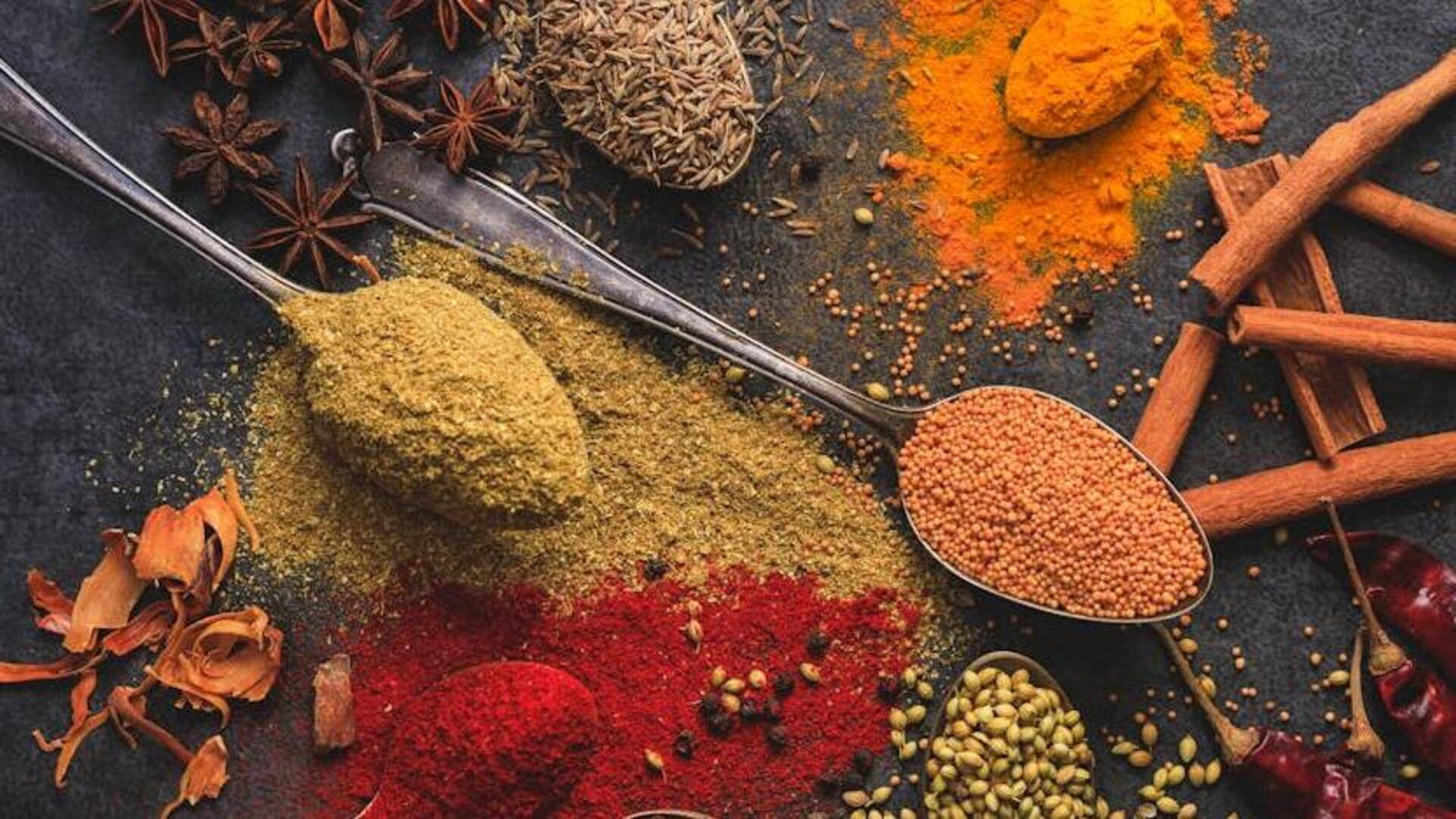
5 intriguing facts about Indian spices
What's the story
The Indian spice trade has a fascinating history that has shaped global cuisine. For centuries, spices from India have been in demand, defining not just culinary practices but also trade and cultural exchanges. Here are five lesser-known facts about the Indian spice trade that have made a lasting impact on how we cook and enjoy our food today.
Black gold
Pepper: The black gold
Often called as "black gold", pepper was one of the most expensive commodities in the ancient era. So much, that it was even used as currency in some places. Its demand resulted in long trade routes from India to Europe, leading to the evolution of maritime navigation techniques. This small spice played a pivotal role in connecting different corners of the world through trade.
Royal spice
Cardamom's royal connection
Cardamom, with its aromatic flavor, was a luxury in ancient times. The royalty and nobility often used it to enhance their dishes and perfumes. The cultivation of cardamom in India's Western Ghats boosted its economy tremendously. This made it an integral part of the spice trade network. Its royal connection further brought prestige to Indian spices on the world stage.
Medicinal spice
Clove's medicinal journey
Cloves were treasured not just for their flavor but also for their medicinal value. Ancient traders were aware of cloves' ability to preserve food and treat ailments such as toothaches and digestive problems. This dual purpose made cloves an essential part of both culinary practices and traditional medicine systems in different cultures participating in the spice trade.
Exploration Catalyst
Cinnamon's role in exploration
Cinnamon also played a key role in fuelling exploration during the Age of Discovery. Tales of exotic spices, including cinnamon, found in India, drove European explorers to set sail across unknown seas. These explorations ultimately led to the discovery of new sea routes, expanding global trade networks around spices even further.
Versatile spice
Turmeric: Beyond flavoring food
Not just as a flavor enhancer, turmeric is also famous for its bright colorant used widely since ancient times—from coloring clothes to making ceremonial pastes while performing rituals or celebrating festivals in different cultures across the globe. This is mainly because turmeric became popularly traded with other well-known Indian spices over the years.